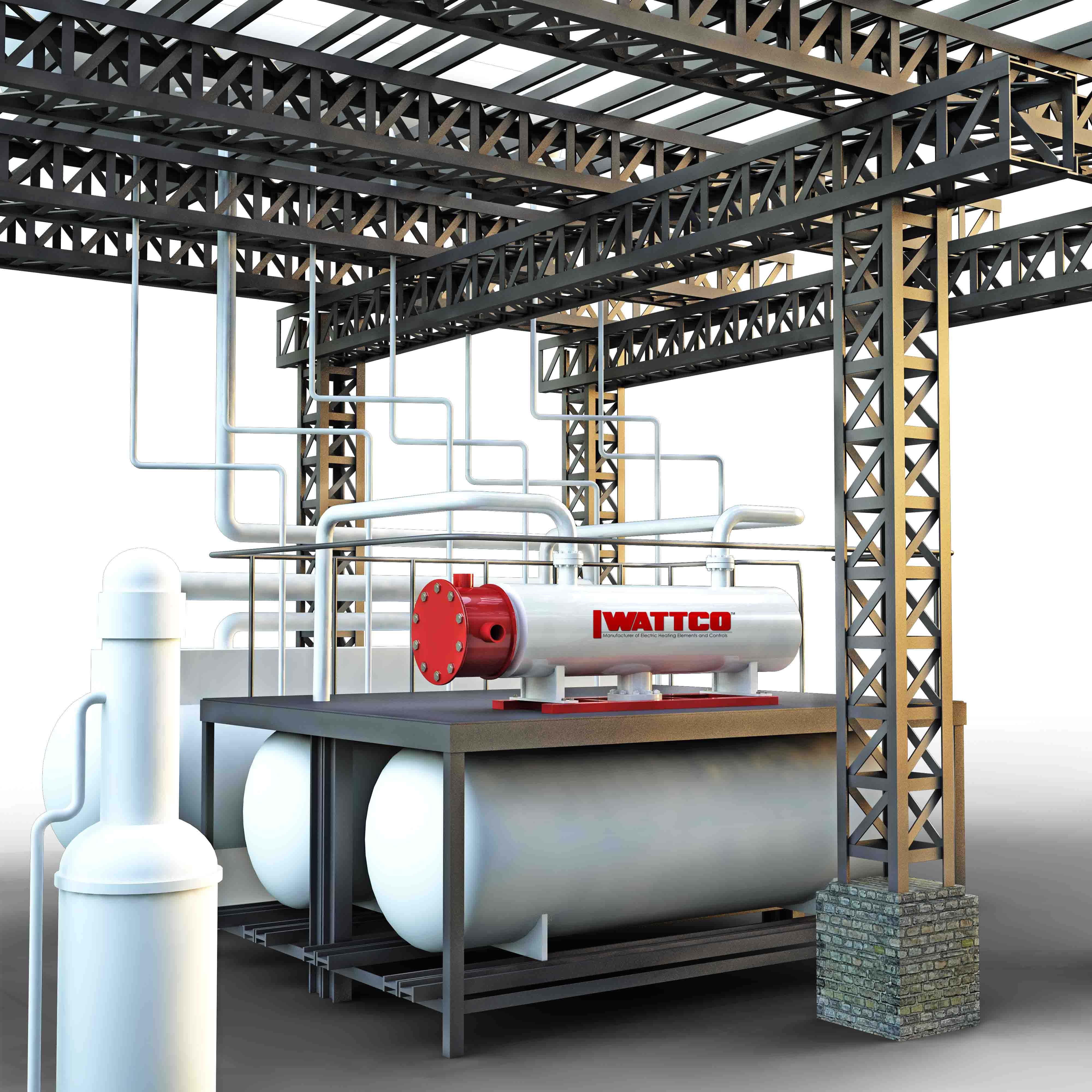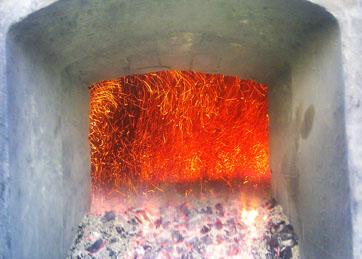Heaters in the Mining Industry
Applications of Circulation Heaters in Mining Industry
The Use of Circulation Heaters in Mining & Other Processes
Circulation heaters are a type of immersion heaters used in many industrial processes. They offer the heating and stabilization of different chemicals, liquids, and gases.
Their design provides easy installation within tanks with double nozzles as one for heat inflow and other for outflow to prevent the container and heater from getting damaged.
Use in Mining Process
In earlier days, the process of mining was quite hectic and dangerous. Inefficient machinery use and suffocation are the cause of many labor-related deaths.

With time, the technological revolution has provided possibilities beyond imagination. As a result, mining can be safer and easier. Chemicals like sodium hydroxide and sodium cyanide help in the extraction process of:
-
-
-
-
- Gold
- Silver
- Coal
- Other valuable stones & minerals
-
-
-
Design & Specifications
There are many companies engaged in manufacturing circulation heaters for mining. Product configurations have different controllers, handling and watt density.
However, the construction basics are the same for all. The body is made of sturdy material so as to withstand heat along with the right temperature to keep the chemicals stable. For example, the latest models have digital SCR controllers for this procedure.
Mining heaters use redundancy systems to protect the extracted stones and valuable goods. As well as to avoid any hindrance in between. Skid mounted circulation systems and heaters are used in a similar process. They are installed within the transports used to carry the goods from one place to others, providing the right temperature.
Types of Circulation Heaters
Given below are details of two different types of circulation heaters used in the mining industry.
Closed Loop System
The chemicals and gases used for the mining process need constant circulation. This is only possible with a circulation heater that has all the configurations of a closed loop system.

The Process
Heating transfer mediums like Therminol, ethylene, glycol, water, oil and even steam are heated while flowing through the heater. It is constantly heated and circulated throughout inner-coiled tubing or pipes, which are directly immersed into the storage tanks or molds.
Where is it Applied
Closed loop circulation heaters are widely used in different areas and processes mentioned below.
- Viscous liquids and elements that are susceptible to temperature, different adhesives, asphalt or varnish within tanks or vessels.
- Strong chemicals and acids, which deteriorate the heating element, are directly immersed in the processed.
- Platens, molds and similar products within textile and food processing plants along with such industries, which require high temperature to get the desired result.
Open Heating System
This type of circulation heater is viable where the liquid or gas only needs to circulate through the heater once before entering the process. It then makes direct contact with the product or process.
Where is it Applied
Open heating circulation heaters are applied in the following areas.
- During the process of steam cleaning, automatic dishwashers and gas heating where the liquid, gas or even steam is to be directly discharged on the end product.
- These are found very efficient to raise the temperature of fuel oil to reduce its viscosity making it easier to flow into the burner.
- In different spraying systems, to lower the flow of liquid to make it suitable to come out of the spray nozzle. A fine example would be of heavy petroleum which is sprayed over rail track to clean and settle the coal and dust.
Advantages of Circulation Heaters
- Some liquids, which are flammable, use electricity as the source of heat required during the mining process. The use of gas or fire is strictly prohibited as it can cause devastating damage and casualties.
- Virtual or automatic controllers are useful to be installed in large tanks without drilling any hole or doing any wear and tear to fix the contraption.
- You can efficiently control and monitor the exact temperature in apparently dangerous areas.
- The actual heating device is located far from physical reach, which reduces health risks and has proved vital in carrying out the entire process safe and sound.
- The inside of the tank is mostly kept open during different processing functions.
- As compared to other methods, the use of circulation heaters makes it easier to clean the tanks as the sheath material is made non-corrosive that can withstand extreme temperature.
- It is convenient to remove the heaters for inspection or possible replacement.
A Brief Overview of Immersion Heaters
Immersion heaters come in several options depending on the application requirements. Liquid substances like water, oil, chemicals require different alloy types within their tanks. Smart material selection ensures product longevity and efficiency.
Immersion heaters are used in many diverse industries with different purposes. For example, in liquid storage tanks, during the processing of fluids traveling in pipes and in pressurizing the storing containers.
Industrial heaters are made in such a way as to withstand almost any environment and you can make use of it either in a pure water tank or under any acidic medium.
Use in Industries
The main function of electric immersion heaters is to generate a thermal reaction and transfer that heat within a tank. They are considered a valuable process within many industries that manufacture:
- Oil
- Chemicals
- Petroleum products
- & other similar mediums.

Technical Details
Voltage– 24Vdc to 3x690Vac
Immersion Length– As per requirement
Temperature Control– Fixed or adjustable
Heating Material– Brass or stainless steel
Control Box– Electrified silumin or copper, coated steel.
